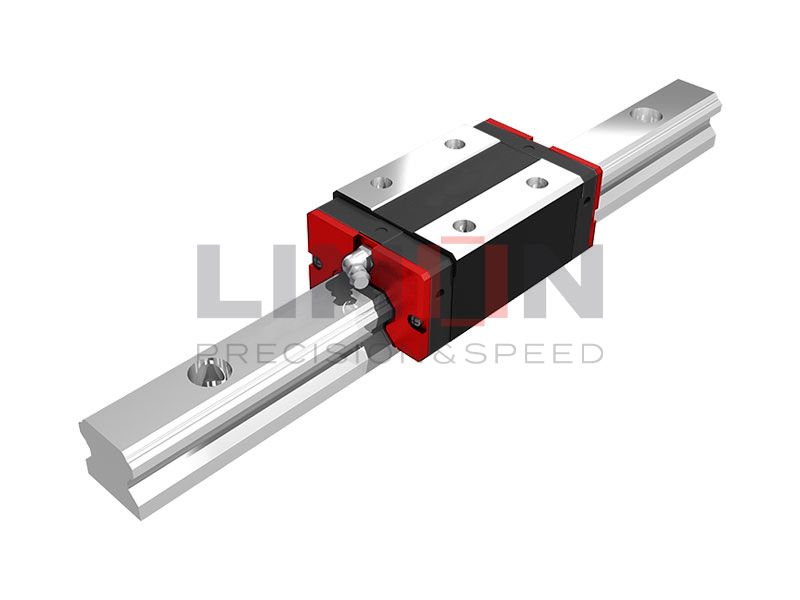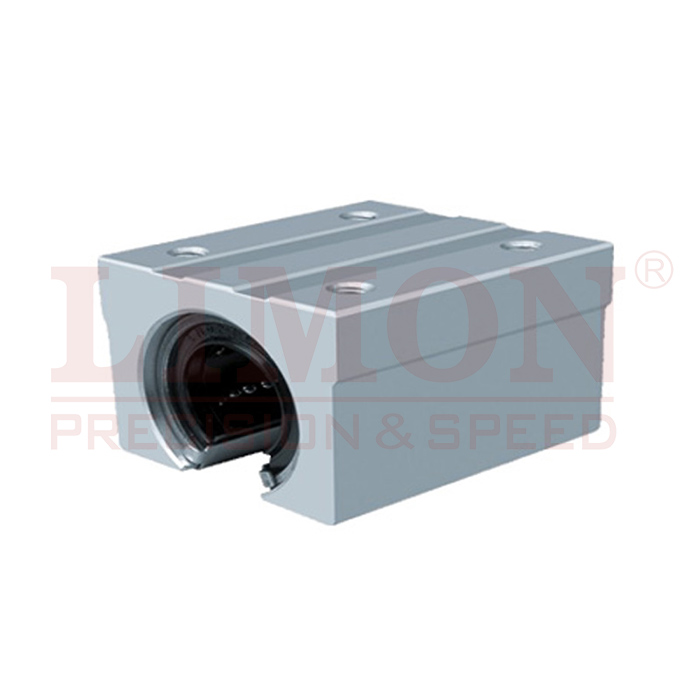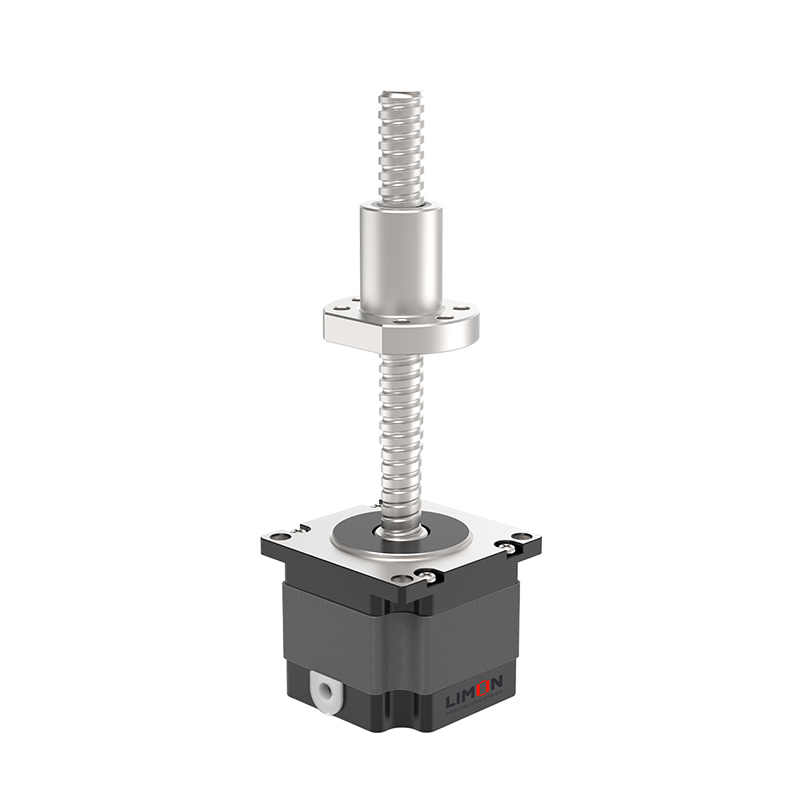1. Precision Grade Classification of Roller Lead Screws
The precision grade of roller lead screws is primarily defined by lead error per 300mm stroke. Globally accepted standards include ISO, DIN, and JIS, with classifications as follows:
C0 Grade: Error ≤ ±3.5μm/300mm
Ideal for ultra-precision applications such as aviation systems and photolithography machines.C1–C3 Grade: Error ±5–8μm/300mm
Widely used in CNC equipment and humanoid robots, including the Tesla Optimus linear actuator.C5–C7 Grade: Error ±12–52μm/300mm
Applied in industrial automation and general machinery.C10 Grade: Error ±210μm/300mm
Suitable for low-precision scenarios like conveyor systems.
2. How Structural Design Influences Lead Screw Accuracy
The structural type of a roller lead screw has a direct impact on its precision performance. Key types include:
• Standard Type – RGT Series
Non-circulating roller design
Accuracy up to C1 (±5μm)
Ideal for high-speed, high-load use, such as aerospace actuators
• Reverse Type – RGTI Series
Rollers rotate around the lead screw
Complex nut threading but compact design
Maintains C2 grade (±6μm)
Tesla Optimus adopts this structure for joint actuation
• Circulating Type – RGTR Series
Uses cam mechanism to reset rollers
Delivers ultra-high C0 grade precision
Suited for precision positioning in high-end machine tools
Manufacturing cost is significantly higher
3. Manufacturing Process and Material: The Backbone of Precision
• Grinding Process
For C3 grade and higher, precision grinding is essential. Thread pitch error must be held within ±1μm, often relying on high-end equipment like German SMS grinders.
• Material Quality
Preferred: Cr/Mo alloy steel – minimizes heat treatment deformation.
Challenge: Domestic materials often suffer from banded segregation, causing precision inconsistency.
Reality Check: Only 50% qualification rate for C5-grade lead screws due to material variability.
• Assembly Consistency
Roller screws require 6–8 precisely synchronized threads.
4. Application Scenarios: Matching Precision to Purpose
• High-Precision Applications
Humanoid robot joints (C1–C3)
Semiconductor and optics equipment (C0)
Recommended: Reverse or circulating roller lead screws
• Standard Machinery
C5–C7 rolling-process screws meet general needs
Caution: Service life is only one-third compared to ground lead screws
Final Thoughts: Why Roller Lead Screws Matter
If you’re engineering humanoid robots, aerospace drives, or semiconductor tools, understanding the precision differences of roller lead screws isn’t optional—it’s critical. Their stiffness, accuracy, and durability make them a superior alternative to ball screws when it matters most.




